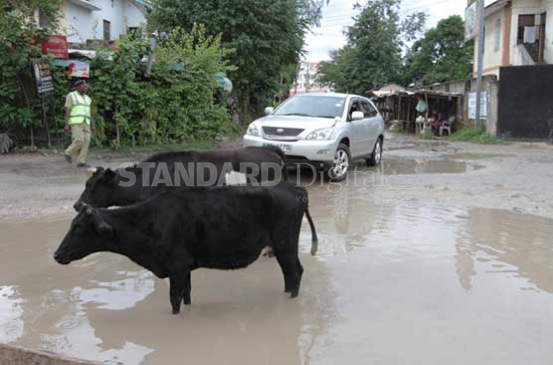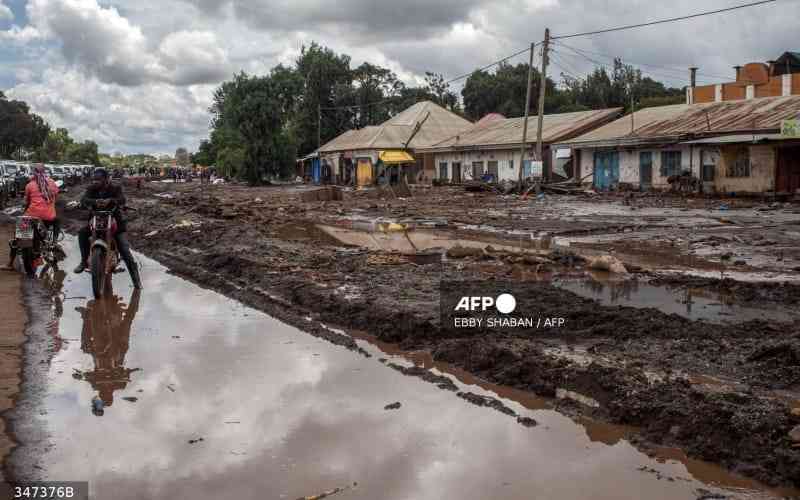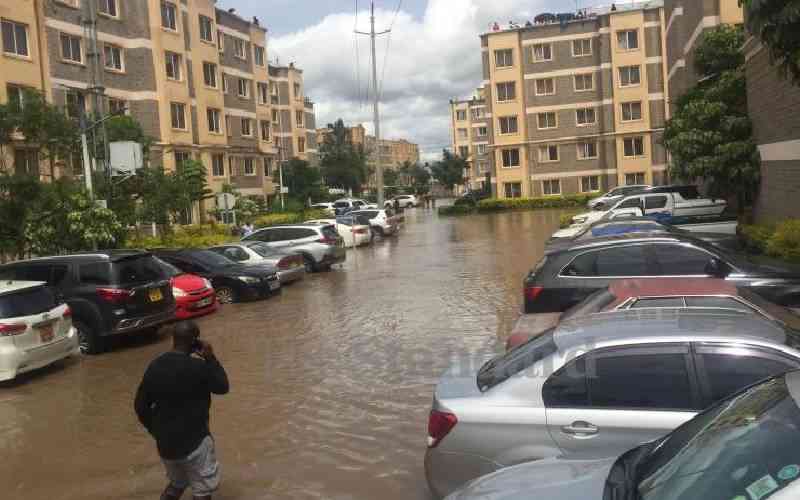
NAIROBI: At least 60-75 per cent of mature living things are constituted of water (this can be as high as 90 per cent for the young).
All biological systems are not only composed of water but are dependent on it for normal functioning. An animal can survive longer on water but without food than with food but without water. Water acts as a biological solvent for nutrients and regulates body temperature by holding, transferring and losing heat through evaporation.
In livestock and poultry production, it is a crucial nutrient for proper growth, health, cooling and production. The quality and quantity of water your animals drink determines their well being and productivity.
In all forms of livestock rearing, the rule of thumb is to provide quality clean drinking water at all times. The quality and quantity of water are strongly connected. Good quality water will ensure your animals drink adequate quantities while poor quality will lead to reduced intake. However, there are instances animals take large quantities of water despite their poor quality, especially when they are extremely thirsty and that is the only water available.
The amount of water taken by animals is determined by their age, type of feed taken, physiological status (lactating or pregnant) and environmental temperature. Different animals and their different breeds take water in varied proportions. Dry feeds and mineral links will make poultry and livestock take more water compared to lush green feeds.
Animals must drink water every few days to survive and daily to be productive. Therefore, water deficiency is a serious condition that can result in death if not timely and appropriately managed. An animal suffering from water deficiency will show, among others, decreased feed intake and dullness. The main source of water for bodily functions is through drinking, lush feeds and, sometimes, through metabolism of body fat reservoirs. Water is mainly lost through urine, feaces, sweating and breathing.
Water intoxication occurs due to intake of excess water when animals are extremely thirsty following a lot of exercise or hot weather. This condition has been reported in camels, pigs, sheep and cows but it commonly affects calves which are yet to fully develop a mechanism to rid the body off the water. Symptoms of water intoxication in calves are red urine, tremors, lowered body temperature, diarrhoea and swollen eyelids. Death can occur if a veterinary surgeon is not called in on time.
Since water is normally taken in large amounts in hot conditions, a lot of damage can be done to the body. There are many waterborne diseases that affect animals. Water is also a good reservoir for many disease organisms. Good farmers must have knowledge of this at the back of their minds.
STAGNANT POOLS
The quality of water is determined by its taste, colour, odour, Ph (level of acidity or alkalinity) and presence or absence of foreign materials (this can range from toxins, disease causing micro-organisms and other suspended solid materials). Quality of water is closely related to the source. Many farmers take their animals to water bodies like dams, hardpans, streams, rivers or lakes. Some collect water from these sources and serve it their stock. Others have piped water stored in tanks. Whatever the case, contamination cannot be ruled out.
Stagnant pools of water like wells, ponds or dams are more prone to contamination compared to flowing water sources. Mineral contamination is a common problem in stagnant water pools located downstream in areas where inorganic fertilisers are used for crop agriculture. Accumulation of nitrates has been reported in such cases.
When this occurs, the water surface will be covered by blue-green algae that is poisonous to livestock when consumed. Algae poisoning in livestock can damage the liver, nervous and digestive systems.
Other diseases, like leptospirosis, are spread through urine splashes from cow to cow and congregation when drinking water. Leptospirosis is a fatal disease characterised by abortions, drop in milk production and infertility. Do note that this disease can also infect human beings.
Fusobacterium, which causes foot-rot, is spread through contaminated mad in and around watering points. The disease causing bacteria enters the animal’s body through bruises, cuts and wounds and causes lameness. There are many other waterborne pathogens like clostridium, e.coli and salmonella which cause various diseases in livestock.
Stay informed. Subscribe to our newsletter
Other parasites like leeches, liver flukes and other worms either use water as a habitat or can be picked from water sources by animals during ingestion of water from infested sources.
So what should you do as a farmer to safeguard your water sources?
It is important to always protect your water sources — especially if it is underground or stagnant — from contamination by fencing it and ensuring they are not in contact with run-off water. Ensure your water tanks and watering troughs are cleaned regularly and check for the growth of algae.
Remember, the water your livestock drinks should be clean enough for you to drink. If it is not fit for human consumption, it is not fit for your animals. It is recommended that water sources are tested annually for quality, bacterial contamination, Ph, dissolved solids and nitrates in a certified laboratory.
(Dr Othieno is a veterinary surgeon working with the Kenya Tsetse and Trypanosomiasis Eradication Council – KENTTEC)
 The Standard Group Plc is a
multi-media organization with investments in media platforms spanning newspaper
print operations, television, radio broadcasting, digital and online services. The
Standard Group is recognized as a leading multi-media house in Kenya with a key
influence in matters of national and international interest.
The Standard Group Plc is a
multi-media organization with investments in media platforms spanning newspaper
print operations, television, radio broadcasting, digital and online services. The
Standard Group is recognized as a leading multi-media house in Kenya with a key
influence in matters of national and international interest.
 The Standard Group Plc is a
multi-media organization with investments in media platforms spanning newspaper
print operations, television, radio broadcasting, digital and online services. The
Standard Group is recognized as a leading multi-media house in Kenya with a key
influence in matters of national and international interest.
The Standard Group Plc is a
multi-media organization with investments in media platforms spanning newspaper
print operations, television, radio broadcasting, digital and online services. The
Standard Group is recognized as a leading multi-media house in Kenya with a key
influence in matters of national and international interest.









